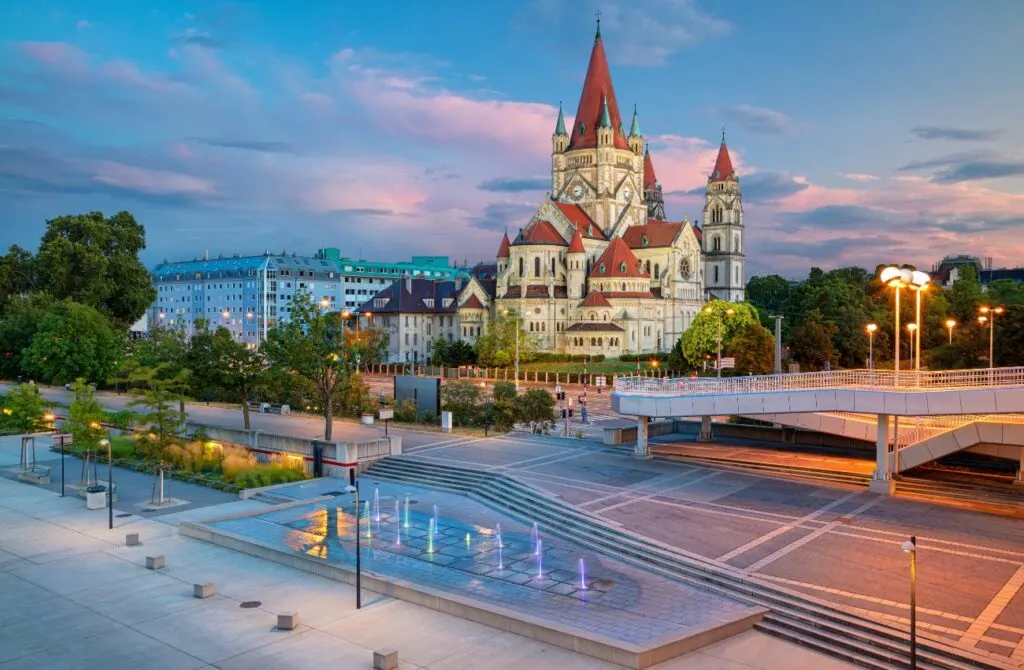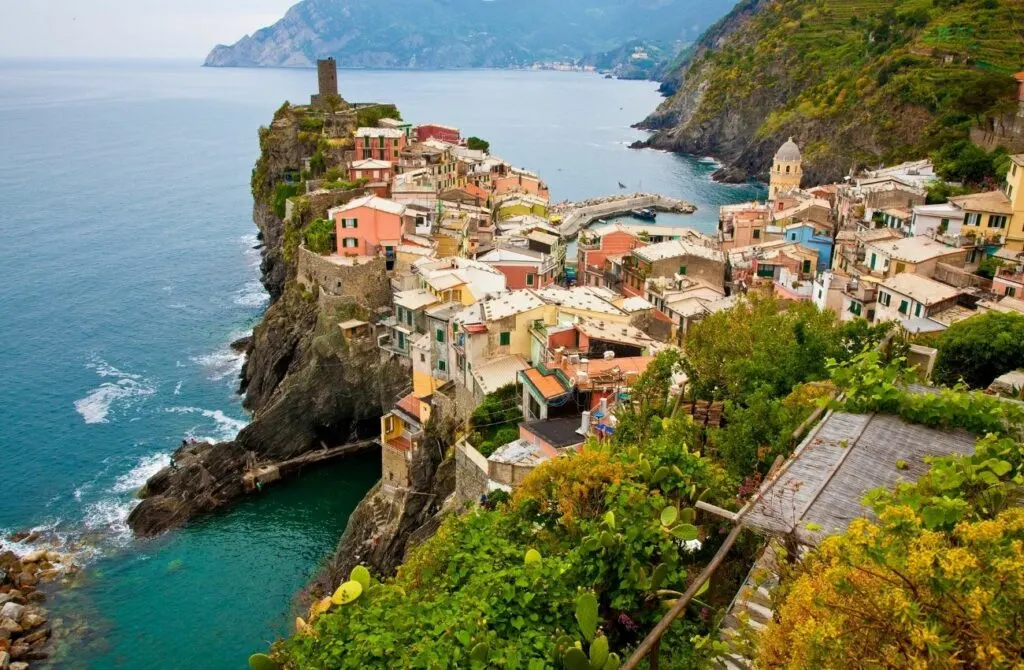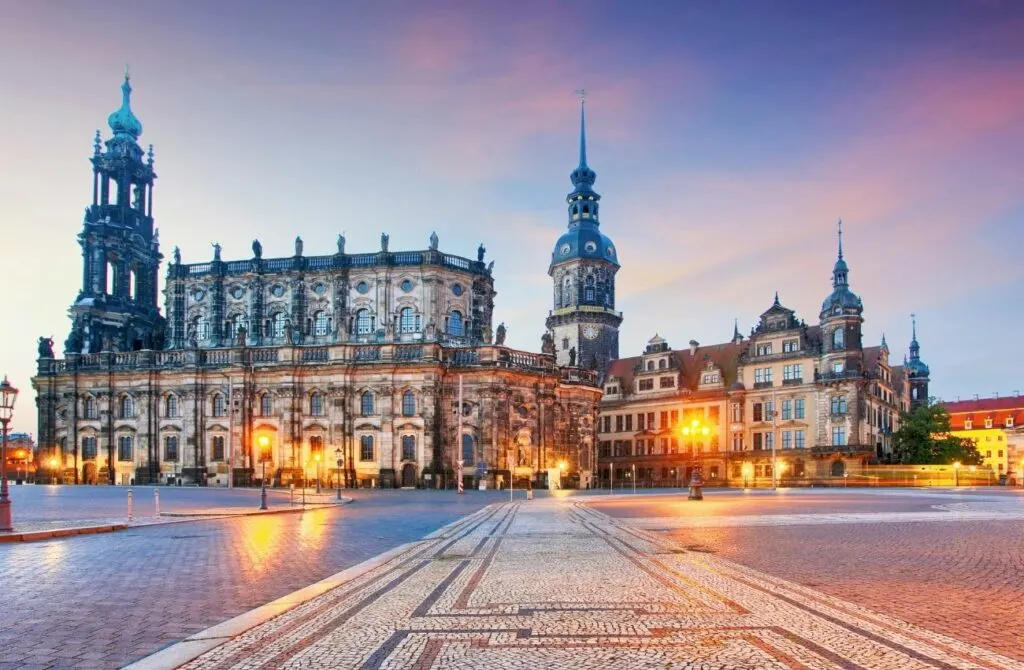Sofia De Vera combines a heartfelt passion for cinema with over 15 years of critiquing for esteemed film publications, wielding academic credentials from the University of Southern California and New York University, to serve as your personal guide through the enchanting worlds of film and television. Her full guest bio can be found here.
Europe has a lot to offer both national and international filmmakers with exquisite natural and urban landscapes, a rich cultural tapestry – and various state-organized film tax credits and incentives programs. So it will come as no surprise that there are so many unforgettable movies set in Europe...
If there’s one place that has been historically venerated and looked up to by the whole world, it’s Europe. The birthplace of most of the things that we think of as the best humanity has to offer: cuisine, arts, architecture, philosophy and science.
What makes Europe so special is the fact that such a wide array of cultures, each of which has so much to offer, have lived in close proximity to each other. This has made Europe a boiling pot of ideas and traditions, all of which have taken different forms in different countries. In sum, it’s a place worth exploring.

And what better way to explore the birthplace of something so wonderful as cinema, than through movies? These films will take you all around Europe, from its most popular spots to some of the most unknown. Like the continent’s history, some of them are happy, some are sad, and some are just plain unique. Even after years and years of writing about Europe, there are things that words just can’t capture. That’s what cinema is for.
Watching a good movie is the best way to get inspired and choose your next destination. It is the reason we have assembled various lists of the best films shot in some of our all-time favorite travel destinations: Barcelona, Dubai, South Africa, Thailand, and New York City (among others). There are things that a photo alone can’t capture. We are human, and we need movement: the waves crashing against a crowded Riveria beach, the mist creeping into a mountain valley, and people walking side by side through a historic medieval town.
These are things that are better experienced with movement. These are things that belong in movies. And these things can be found in Europe.

The films in this list of movies set in Europe paint a picture of a complex region filled with gorgeous sights and diverse voices – yet a deep history and frequent conflict. With this, we hope to help audiences step into the often-contradictory world of Europe and experience the scenery, subcultures, and different dynamics that make Europe what it is today.
Be forewarned that not all of these films are happy – tragedies and misery are as unavoidable in cinema as they are in life – be we promise that each one provides panoramic vistas and thought-provoking narratives from this tantalizing country…
Wondering where to watch? It depends on where you live in the world and which streaming services you have. We link to the streaming service we watch on in each case - be it Netflix, Amazon Prime, Apple TV+, or elsewhere.
You can get one month free of Amazon Prime (or a 6-month trial for students) of Amazon Prime and also get immediate access to FREE Two Day shipping, Amazon Video, and Music. While you won't be charged for your free trial, you'll be upgraded to a paid membership plan automatically at the end of the trial period - though if you have already binged all these, you could just cancel before the trial ends.
Apple TV+ also has a one-week trial, and Hulu has a one-month trial (which can be bundled with Disney!). Another option might be using a VPN to access Netflix titles locked to other regions. Netflix is now available in more than 190 countries worldwide and each country has a different library and availability. US Netflix is (understandably) one of the best.
While we wish everything could just be in one place - for now, it seems these are the best streaming platforms to watch on.



Page Contents
- Det Sjunde Inseglet (1957)
- La Dolce Vita (1960)
- Angst Essen Seele Auf (1974)
- Elle (2016)
- Dogville (2003)
- Los Santos Inocentes (1984)
- Canino (2009)
- Kauas Pilvet Karkaavat (1996)
- Ladri Di Biciclette (1948)
- Dr. Strangelove or: How I Learned to Stop Worrying and Love the Bomb (1964)
- The 400 Blows [Les Quatre Cents Coups] (1959)
- A Good Year (2006)
- All About My Mother [Todo sobre mi madre] (1999)
- Pan’s Labyrinth [El laberinto del fauno] (2006)
- Good Bye, Lenin! (2003)
- Jojo Rabbit (2019)
- Cinema Paradiso [Nuovo Cinema Paradiso] (1988)
- Before Sunrise (1995)


